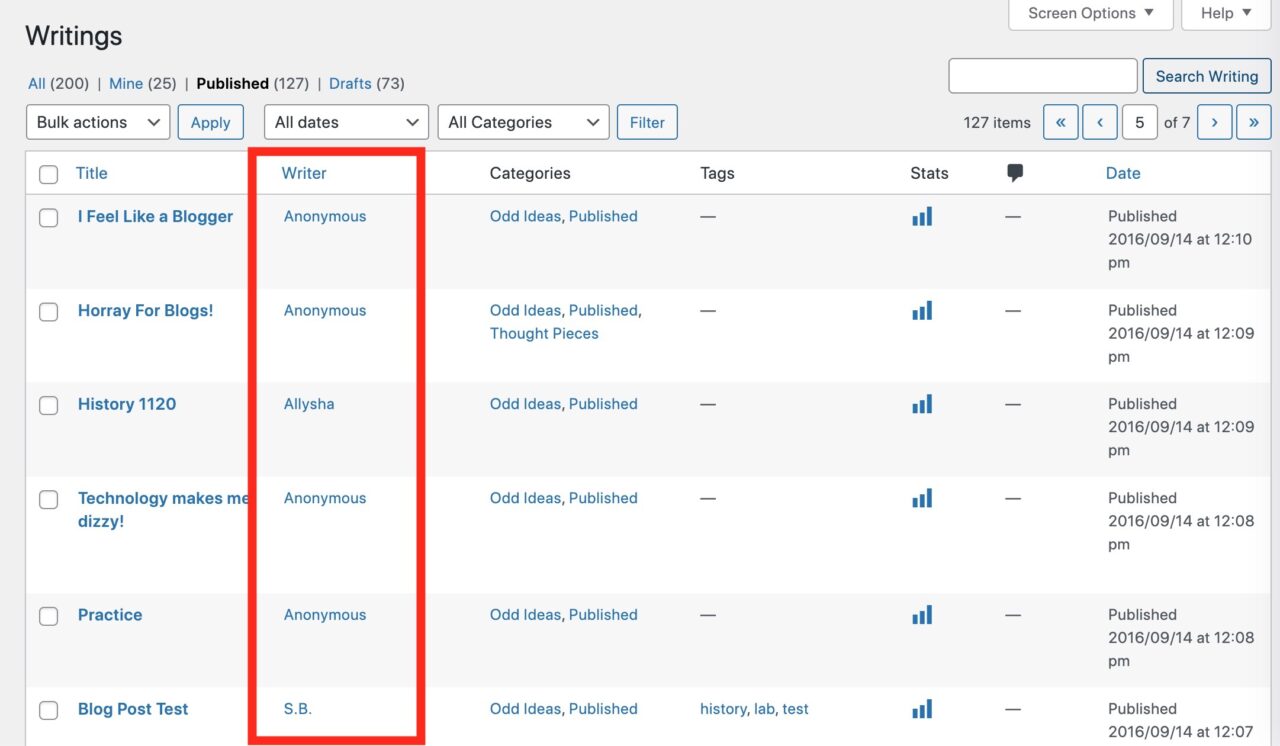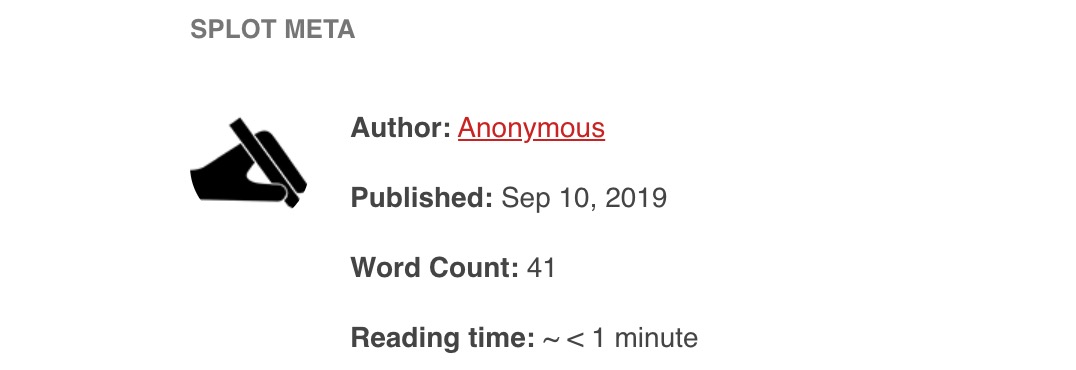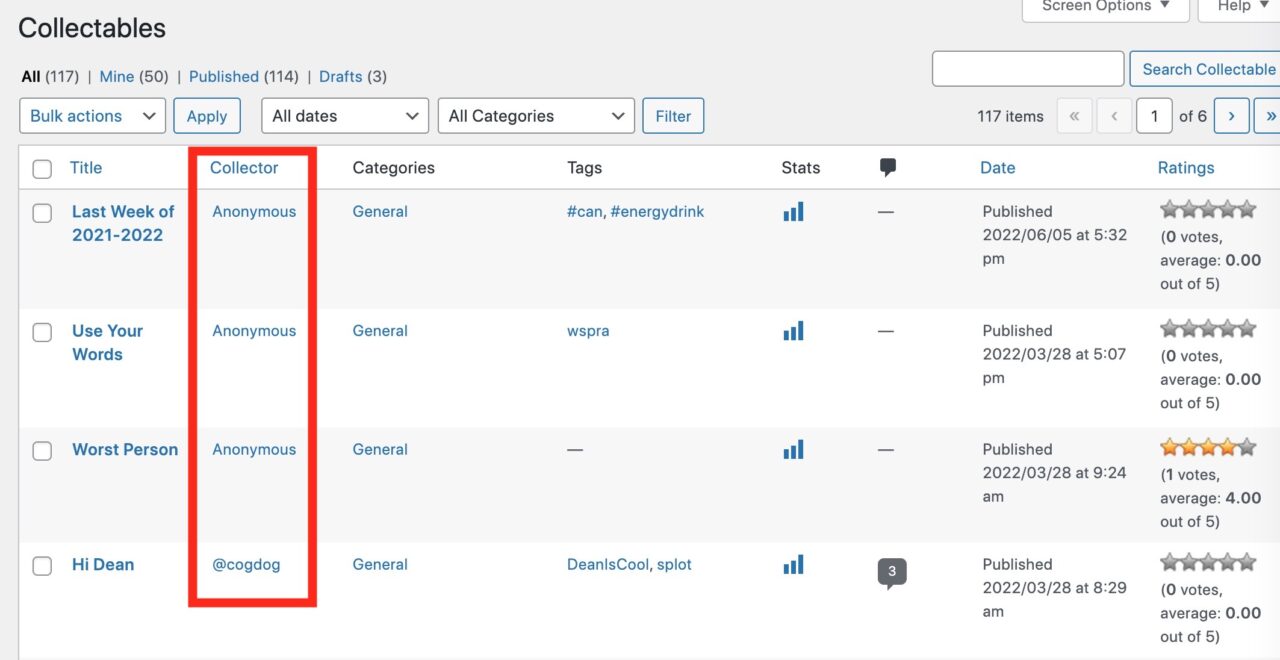Please Steven Johnson, take my blog post and remixed photo as an honor and tribute to your book (which I have purchased, read, and scribbled notes in the margin).
Most great ideas first take shape in a partial, incomplete form. They have the seeds of something profound, but they lack a key element that can turn the hunch into something truly powerful. And more often than not, that missing element is somewhere else, living as another hunch in another person’s head. Liquid networks create an environment where those partial ideas can connect; they provide a kind of dating service for promising hunches. They make it easier to disseminate good ideas, of course, but they also do something more sublime: they help complete ideas.
“Where Good Ideas Come from” by Steven Johnson
I can take some question if I can take the liberty if transposing “Good” and “SPLOT” but I am thinking of this given some reminder or checking that it’s been 8 years now since the spawning of the idea (it was not mine). November 18, 2014 was the sharing of the very first SPLOT, The Comparator, while never fully built out, actually kind of still works.
Of more relevance to this post, December 5, 2014 was the release of the first SPLOT of significance, one still in much use today, TRU Writer.
The idea for a SPLOT designed to allow rich media publishing of text came partly (checking my memory banks), from Thompson Rivers University English prof Ken Simpson who was having students use a standard WordPress site for publishing essays. I think there was also a mention that the Open Journal Publishing Systems platform in use at TRU was then unwieldy or maybe they did not have much technical support? I tried to make a case for an issue of the Small Cities Imprint Journal OJPS version versus a TRU Writer version.
But I can go on and on about the start of SPLOTs but what I want to get to is that many of the best features of the years has come from the people who put them to use, and often in ways I would not imagine.
The adding of features in the Customizer to modify the labels and directions for the sharing/submission forms came from Lauren Heywood at Coventry University. She noted that in use of TRU Collector for an art class of students that the hard coded versions I thought were pretty good, in many classes, the instructors wanted to tailor them to better suit the class amd/or students. The Customizer made this ideal to be able to do this without manually changing templates.

This use of the Customizer has expanded not just to every SPLOT theme but many of my custom calling card themes. I would not have gone down this path, or maybe it would it have been later, were it not for Lauren’s comments.
I cannot give enough credit to ideas that came from Lauren’s Disruptive Media Learning Lab colleague Daniel Villar-Onrubia who put so many SPLOTs to use in ways I would have never imagined, like TRU Collector as a place for students or project/conference participants to enter bios (see Learning on the Open Web participants and the OER20 Social Bingo site) where I added options to sort entries alphabetically rather than by date. Actually it was the idea of using TRU Collector for doing longer writing in Daniel’s class (my blog says it was from JR Dingwall) that was the idea to offer in addition to the default plain text caption, and option to use the full rich text editor, leading in many ways to its use for group reportings in the Mural UDG Acumulador.
The innovative use of TRU Collector by Jessica Motherwell McFarlane for classes where students share a series hand drawn comics led to adding features fo displaying more tags than the sidebar allows, but also, options of sorting the front page, tag/category archives differently than the default reverse chronological order. This polish was added to the other two main SPLOTS
Likewise a question from Arley Cruthers shared by Clint Lalonde led to adding alt text descriptions to all SPLOTs. Someone commented once about my claim of TRU Writer focusing the effort on writing was faulty as they objected to being required to use a header image- so that became an option.
Again, I am doing the longer than long winded introduction to an idea that led I think to a very useful feature that will find it’s way soon to all SPLOTs. This came from Maha Bali, who took the TRU Writer powered MYFest Reflections idea to use in her own class for students to use to write responses to activities w/o requiring them to make a blog site (I hope I am getting that correct).
Maha was seeking a better means to find posts by her students, noting that the names they enter in the author field are not finable via the standard WordPress search. That is true, because that data is added to posts as a custom post meta data field. After experimenting with ways to enable this in the code, and seeing it was better done with a plugin like WP Extended Search I stepped back because that might pull in results that are not what she is seeking (if I searched on a name like, say “Maha Bali” would get results matching that in the author field, but also if anyone used her name in a post).
That’s where I stepped back to think differently. I remember that when looking at posts in a SPLOT site dashboard, that the column for Author is meaningless. The contributors to a site are never logged in, and this columns means the WordPress user credited for the content, and that defaults to the admin account of the server or is just blank (here is a view from MYFest Reflections)

It’s a useless appendage, kind of like an appendix! I remembered from some theme work on a site for Cori’s students (still being used now) that I had done stuff to add custom columns to the posts display.
It took maybe 2-3 hours of fiddling to get this going, removing the author column, creating a new one for the post meta value for what was entered by the user of a SPLOT form, making it sortable. The hardest part was finding the right way to make it so clicking one of the names in the columns, would filter the posts to show just ones with the same name.
I will spare the dumping here of PHP code, but you can find the bulk of it around line 490 of the set.up.php template.
So now, it is easier for a site owner to find posts by a name (well, I might have missed adding it the search?)


At the same time, it made my realize this could also be used on the public view, that the place in the footer where a writer enters their name, could now be a hyperlink.

Where that links shows all writings by this well known author https://splot.ca/writer/?writer=Anonymous
This update is now available from the TRU Writer on GitHub where recent changes include a better separation of what was a monster ReadMe, separating out the examples, installation, documentation to separate files. The latter in turn enables embedding of the examples in the SPLOT page for this theme and live embedding of the documentation inside the theme itself, all enabled by Docsify This by Paul Hibbetts.
I hope this feature is useful, and it would not have happened were it not from Maha’s question (I just snuck it into TRU Collector) – see the author link on items now at https://splot.ca/collector

This is really just a sampling of what I try to do with the SPLOTs, now getting to be 8 years old. Just when I think they are a passing fad, I get an uplifting message
Keep the ideas coming! No promises I can do everything, but I will try. The SPLOT request line remains open.
Featured Image: Remixed by faking a book title atop How To Play The Game of Life flickr photo by cogdogblog shared into the public domain using Creative Commons Public Domain Dedication (CC0) (my own photo, self attribution happens here not for glory but to demonstrate the one should ABA Always Be Attributing)


